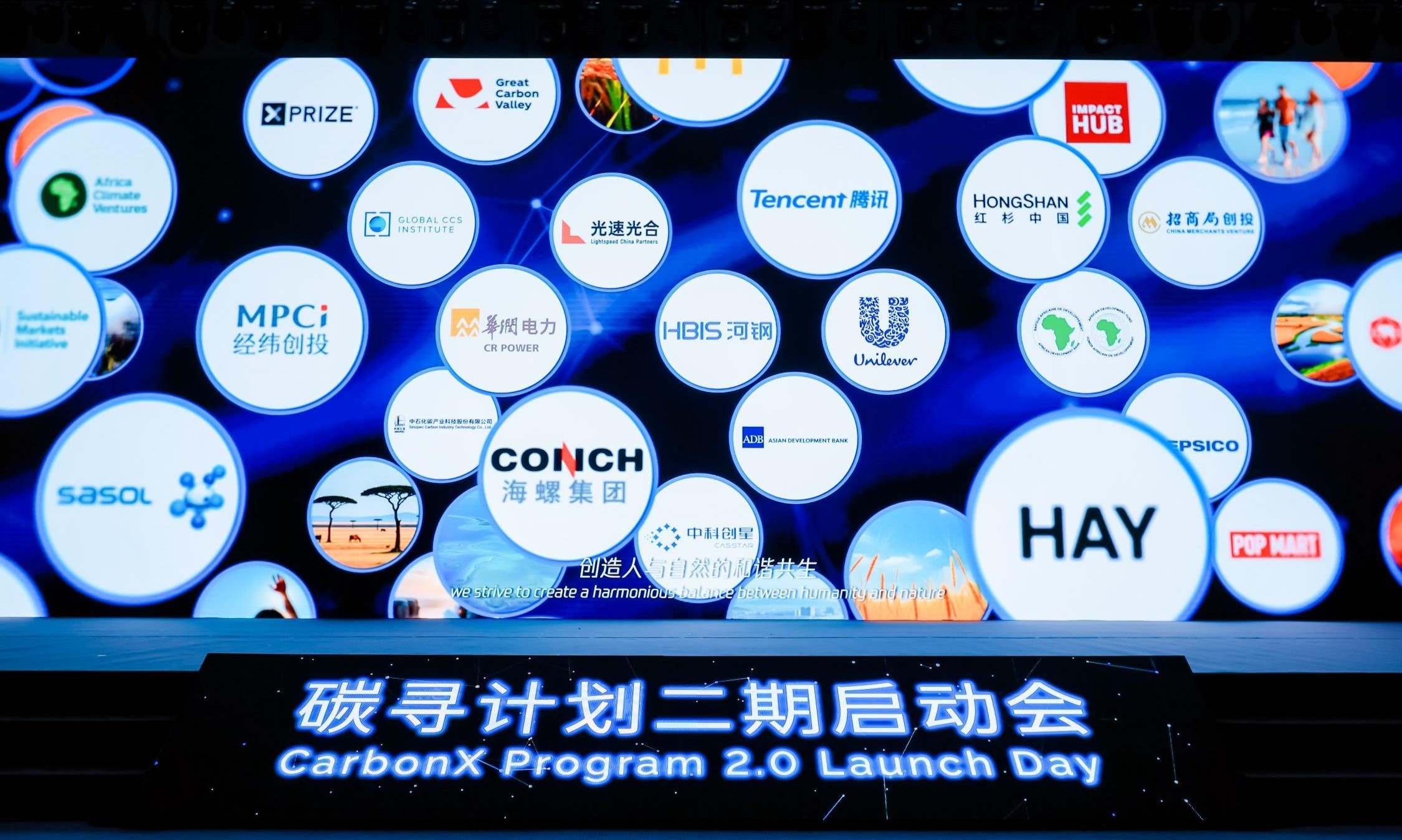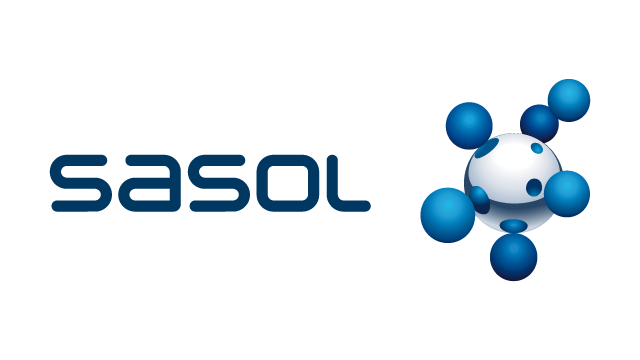Sasol joins Carbon-to-Chemicals Consortium as an Industry Partner
11 Dec 2024
China

CarbonX 2.0 is recruiting promising innovations from around the world and supporting them with catalytic funding and resources. The program focuses on supporting early-stage solutions in four critical areas: Carbon Dioxide Removal (CDR); Long-Duration Energy Storage (LDES); Carbon Capture, Utilisation & Storage (CCUS) for the steel industry; and CarbonXmade (CCU).
In the race to limit global warming and achieve net-zero emissions, one major challenge stands out: 75 percent of the solutions needed for decarbonization rely on technologies that are not yet fully mature. Guided by Tencent’s mission of Tech for Good, the CarbonX Program is dedicated to helping these technologies scale, enabling them to play a major role in helping businesses and society at large achieve the ambitious targets outlined in the Paris Agreement.
Speaking at the launch event of the consortium in Beijing on Dec. 3, Sasol’s Vice President for China Operations and Managing Director of Sasol China, Hongxing Shentu, shared Sasol’s vision and actions for utilizing sustainable carbon source solutions.
For example, Sasol is investing significant resources to help solve the challenge of decarbonizing air travel through the development of sustainable aviation fuel. “Airplanes require high-energy-density fuels, and current battery technologies are still not sufficient for long-haul flights,” he said. “Thus, liquid fuels will remain crucial for aviation in the foreseeable future.”
To meet this challenge, Sasol has utilized our EcoFT (Fischer-Tropsch) technology to establish Zaffra in partnership with other innovators, which can convert captured carbon dioxide into sustainable fuel. First, captured CO₂ is converted into carbon monoxide, which is then combined with green hydrogen produced via renewable energy, such as wind or solar, through water electrolysis to create green syngas.
This green syngas is subsequently processed through Sasol’s advanced EcoFT technology to synthesize high-quality sustainable aviation fuel. This process ensures that emissions are reduced and there is genuine circular resource use of CO2 in an environmentally friendly way.
Sasol’s journey towards sustainability doesn’t stop there.
“We are collaborating with South Africa’s Council for Geoscience to develop more environmentally friendly energy solutions,” Shentu said. “Additionally, we are an active partner in the CARE-O-SENE project, an initiative that unites forces in the aviation industry to advance research on catalysts and sustainable fuels. Through these collaborations, we are not only pushing forward sustainable aviation technologies but also making an impact across a range of industrial applications.”
Looking ahead, Sasol’s vision is to expand the application of these technologies into every aspect of daily life.
“Sasol’s technologies can be used in formulations for many of the everyday chemicals you encounter,” Shentu said. “Imagine that every bottle of hand soap, every drop of fragrance you use in the future, could be made with compounds derived from CO₂ using our innovative technology.”
The CarbonX 2.0 Program is soliciting proposals for and will invest tens of millions of dollars in supporting innovative, early-stage technologies in four key areas:
Carbon Dioxide Removal (CDR): Extracting historic emissions from the atmosphere, emphasizing technology-based solutions to ensure the permanence of the removal. Pilot projects for these efforts will be established in Kenya.
- Long-duration Energy Storage (LDES): Developing a pathway for scaling up the ratio of renewable energy in power grids. To support this, 100-kilowatt pilot projects will be established in the Maldives, designed to deliver more than six hours of energy storage.
- CCUS for the steel industry: Exploring how to decarbonize this vital yet hard-to-abate industry. Rather than revalidate mature technologies, pilot projects set in Serbia will advance next-generation, point-source CCUS technologies.
- CarbonXmade (CCU): Integrating captured carbon into chemical production and consumer products through the CarbonXmade consortium. This will drive the development of innovative product prototypes to achieve a seamless value chain from carbon to chemicals to consumer product.
CarbonX 2.0 unites a broad network of partners from industry, investment, and research to create large-scale impact and accelerate the transition to a net-zero future.
- Industry partners include China Resources, Conch Cement, Great Carbon Valley, HBIS Group and SCG.
- Another two industry partners, Sasol and Sinopec Carbon Industry Technology, join the CarbonXmade consortium, together with consumer product partners such as HAY, McDonald's China, PepsiCo, Pop Mart International Group and Unilever.
- Investment partners include Africa Climate Ventures, CASSTAR, China Merchants Venture, Copec WIND Ventures, Happiness Capital, HongShan Capital Group, Lightspeed China Partners, and MPCi.
- The program is further strengthened by ecosystem partners such as African Development Bank, Asian Development Bank, Global CCS Institute, Impact Hub, Sustainable Markets Initiative and XPrize.
For more information about the CarbonX Program 2.0, please visit https://carbonxprogram.com/en
